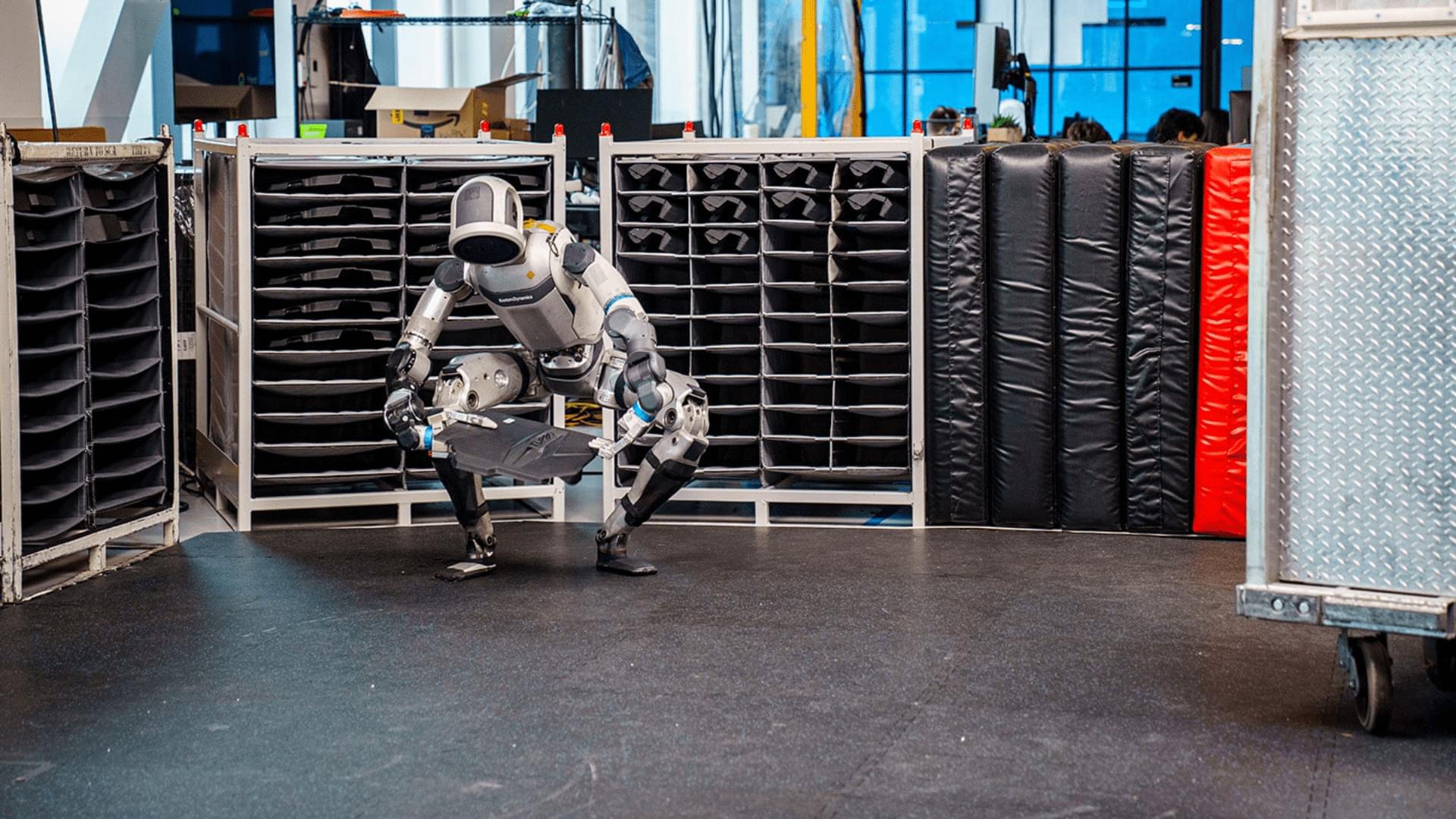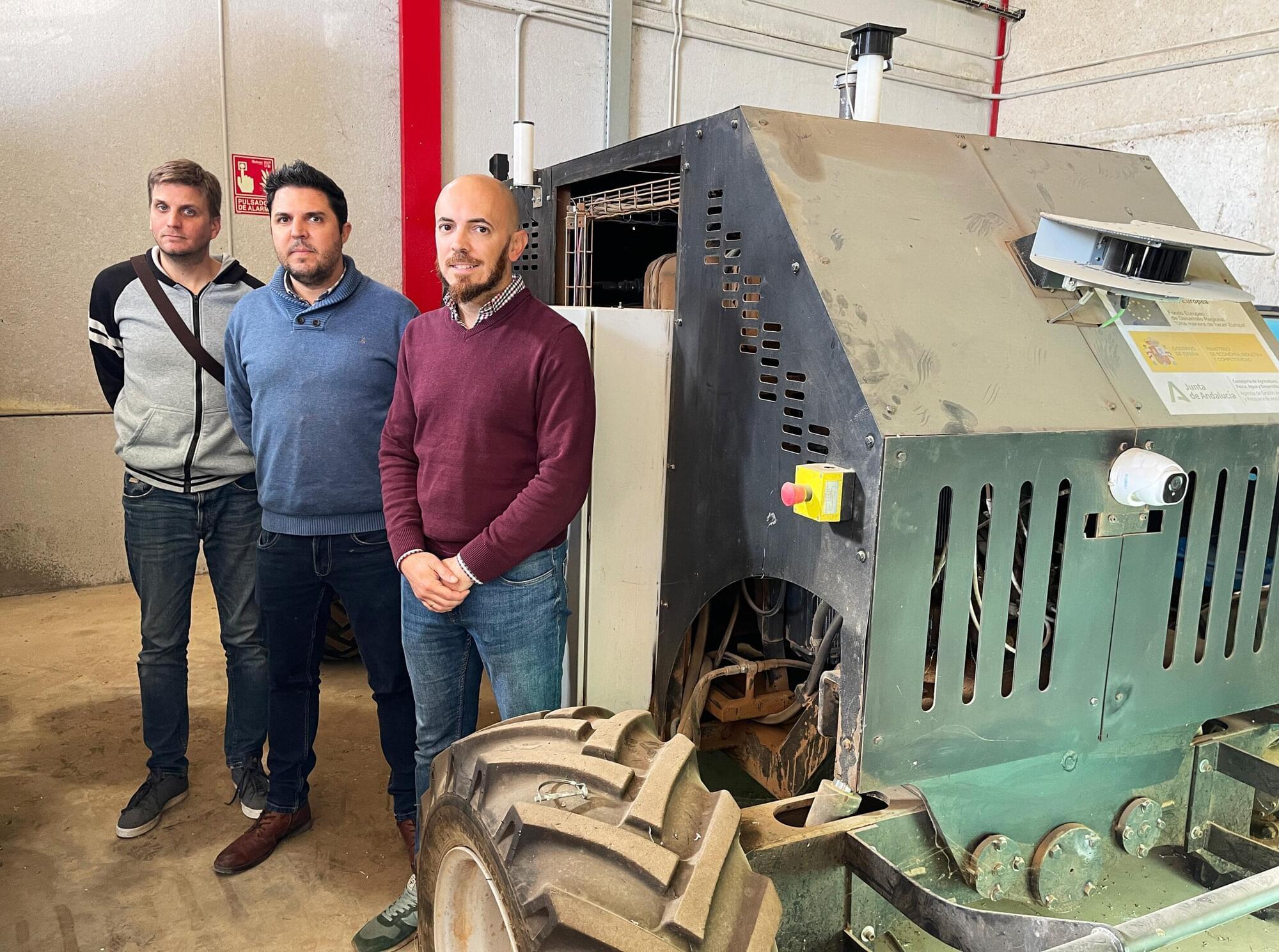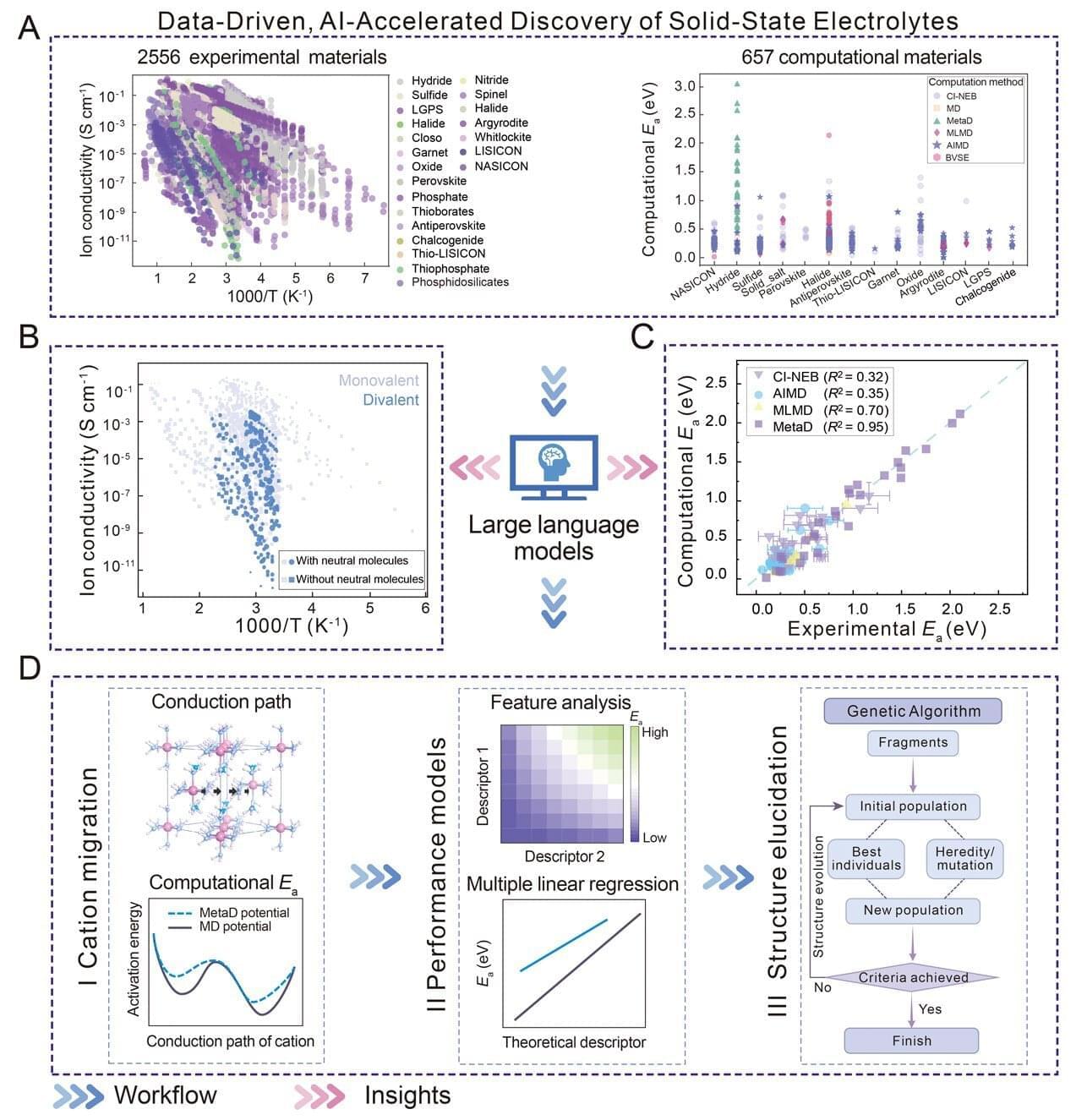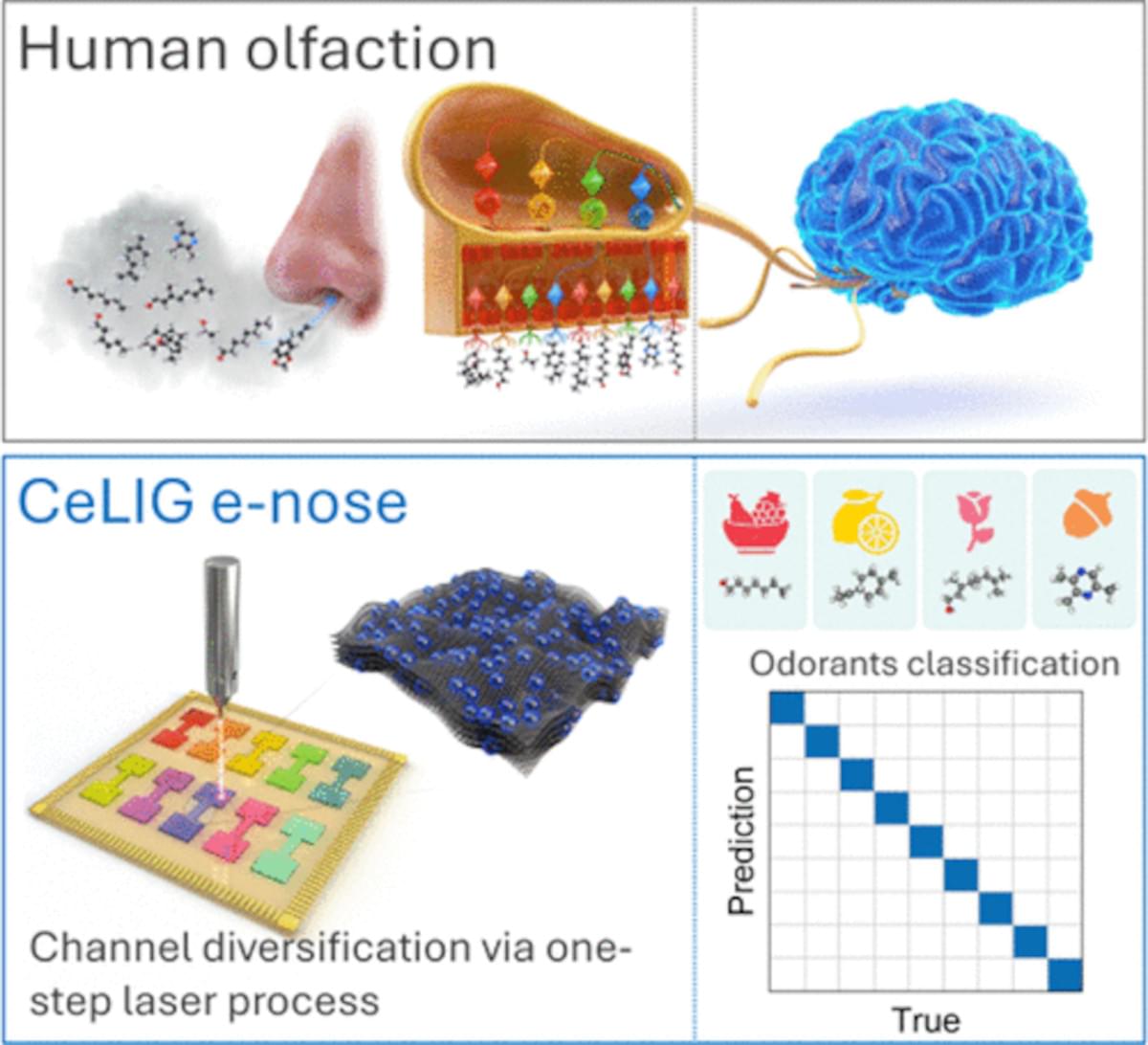Some believe that artificial general intelligence (AGI) will be reached in the next 15 years or less. What is the path to reaching AGI? Here’s an AI insider analysis.


Brighter with Herbert

Hyundai Motor Group is taking a bold step into the future of factory automation with plans to deploy Atlas humanoid robots at its Metaplant America facility in Georgia.
These advanced bipedal robots, developed by Boston Dynamics are designed to perform tasks traditionally carried out by humans.
As per a report on Nikkei Asia, Atlas will automate up to 40 percent of vehicle assembly work at the facility by the end of this year.

A team from the University of Córdoba is developing an autonomous tractor with three different steering modes, allowing it to drive in straight lines, make turns efficiently, and shift modes in response to its trajectories.
One of the possible meanings of the name Sergius is “one who serves,” hence the name of the robotic tractor that can autonomously perform agricultural tasks in fields of woody crops. This one-of-a-kind vehicle, designed by the University of Córdoba, is part of an Agriculture 4.0 context in which agricultural tasks are being automated.
The researchers, with the Rural Mechanization and Technology Group at the University of Córdoba, Sergio Bayano and Rubén Sola, designed the vehicle from the ground up, in collaboration with two companies charged with its mechanical manufacturing and programming. The paper is published in the journal Computers and Electronics in Agriculture.

When it comes to creating images of the earth from above, satellites, drones, planes and spacecraft are what tend to come to mind. But a startup called Near Space Labs is taking a very different approach to taking high-resolution photos from up high.
Near Space Labs is building aircraft that are raised by helium balloons and then rely on air currents to stay up, move around to take pictures from the stratosphere, and eventually glide back down to earth. On the back of significant traction with customers using its images, the startup has now raised $20 million to expand its business.
Bold Capital Partners (a VC firm founded by Peter Diamandis of XPRIZE and Singularity University fame), is leading the Series B round. Strategic backer USAA (the U.S. Automobile Association) is also investing alongside Climate Capital, Gaingels, River Park Ventures, and previous backers Crosslink Capital, Third Sphere, Draper Associates, and others that are not being named. Near Space Labs has now raised over $40 million, including a $13 million Series A in 2021.


Increasingly stricter regulations on emissions from lean-burn engines, such as the Euro 7 standard, are approaching. This requires the development of catalytic materials that can reduce the toxic nitrogen oxides efficiently at low temperatures. Researchers at the Department of Physics at Chalmers University of Technology, together with industrial partner Umicore, now present a study showing how machine learning could help engines run cleaner.
Catalytic converters reduce the amount of toxic pollutants emitted into the air from a vehicle’s exhaust system. Stricter regulations on emissions standards within the coming years, such as the European Union’s proposed Euro 7, aim at further reducing air pollution from vehicles. Therefore, improved catalysts are needed to limit the emissions of harmful pollutants.
The main technology of selective catalytic reduction of nitrogen oxides uses ammonia as a reducing agent. Thus, the catalytic material should promote the formation of a nitrogen–nitrogen bond between nitrogen oxides and ammonia in an oxygen-rich environment and prevent unwanted reactions, which include the oxidation of ammonia to even more nitrogen oxides or nitrous oxide.

Scientists are racing against time to try and create revolutionary, sustainable energy sources (such as solid-state batteries) to combat climate change. However, this race is more like a marathon, as conventional approaches are trial-and-error in nature, typically focusing on testing individual materials and set pathways one by one.
To get us to the finish line faster, researchers at Tohoku University developed a data-driven AI framework that points out potential solid-state electrolyte (SSE) candidates that could be “the one” to create the ideal sustainable energy solution.
This model does not only select optimal candidates, but can also predict how the reaction will occur and why this candidate is a good choice—providing interesting insights into potential mechanisms and giving researchers a huge head start without even stepping foot into the lab.

Researchers at Korea’s Daegu Gyeongbuk Institute of Science and Technology (DGIST) have developed a porous laser-induced graphene (LIG) sensor array that functions as a “next-generation AI electronic nose” capable of distinguishing scents like the human olfactory system does and analyzing them using artificial intelligence.
This technology converts scent molecules into electrical signals and trains AI models on their unique patterns. It holds great promise for applications in personalized health care, the cosmetics industry, and environmental monitoring.
While conventional electronic noses (e-noses) have already been developed and used in areas such as food safety and gas detection in industrial settings, they struggle to distinguish subtle differences between similar smells or analyze complex scent compositions. For instance, distinguishing among floral perfumes with similar notes or detecting the faint odor of fruit approaching spoilage remains challenging for current systems. This gap has driven demand for next-generation e-nose technologies with greater precision, sensitivity, and adaptability.
Four children have gained life-changing improvements in sight following treatment with a pioneering new genetic medicine through Moorfields Eye Hospital and UCL Institute of Ophthalmology.
The work was funded by the NIHR Research Professorship, Meira GTx and Moorfields Eye Charity.
The 4 children were born with a severe impairment to their sight due to a rare genetic deficiency that affects the ‘AIPL1’ gene. The defect causes the retinal cells to malfunction and die. Children affected are only able to distinguish between light and darkness. They are legally certified as blind from birth.
The new treatment is designed to enable the retinal cells to work better and to survive longer. The procedure, developed by UCL scientists, consists of injecting healthy copies of the gene into the retina through keyhole surgery. These copies are contained inside a harmless virus, so they can penetrate the retinal cells and replace the defective gene.
The condition is very rare, and the first children identified were from overseas. To mitigate any potential safety issues, the first 4 children received this novel therapy in only one eye.
The eye gene therapy was delivered via keyhole surgery at Great Ormond Street Hospital. The children were assessed in the NIHR Moorfields Clinical Research Facility, and the NIHR Moorfields Biomedical Research Centre provided infrastructure support for the research.
Complete the security check before continuing. This step verifies that you are not a bot, which helps to protect your account and prevent spam.